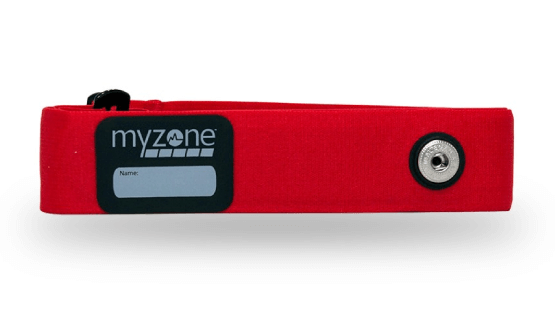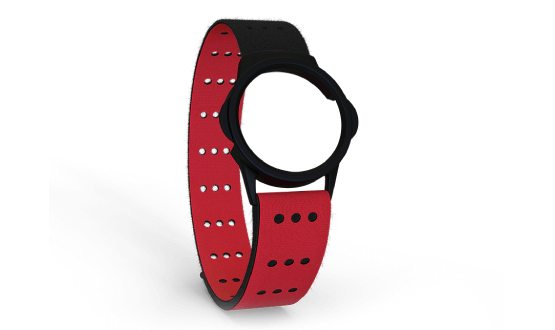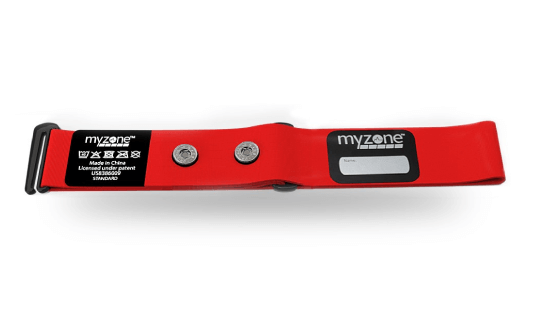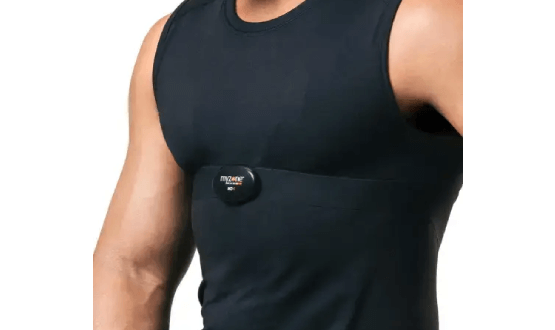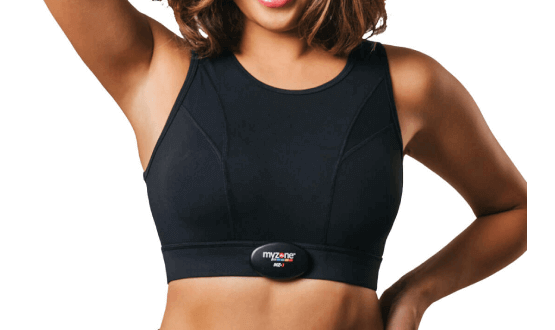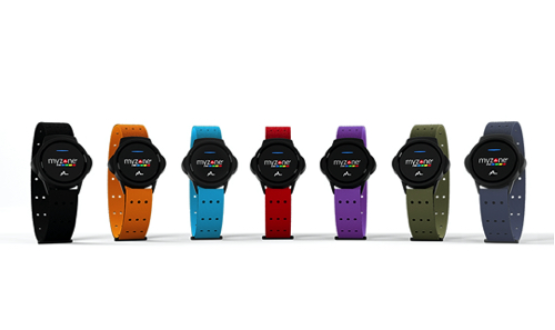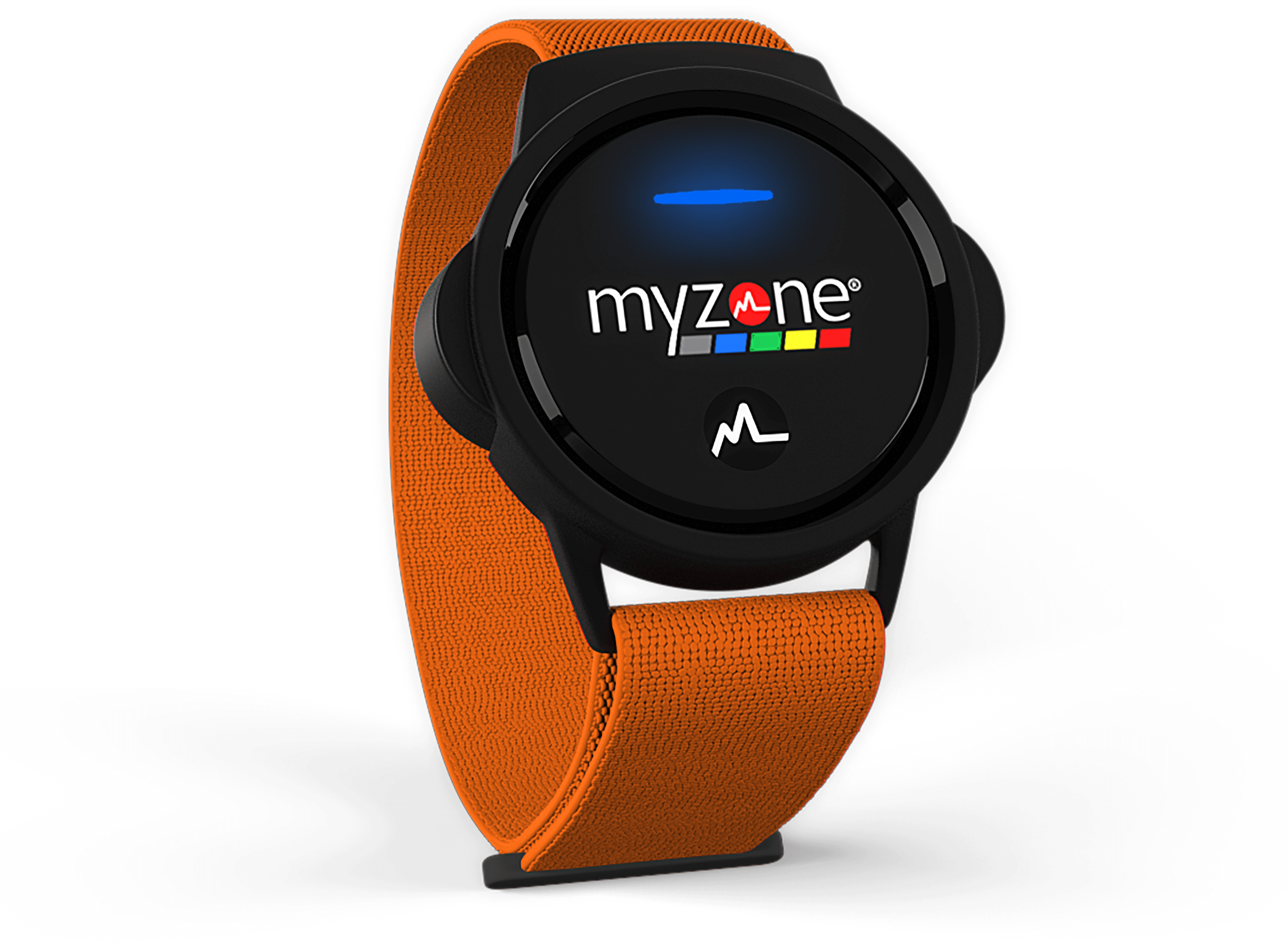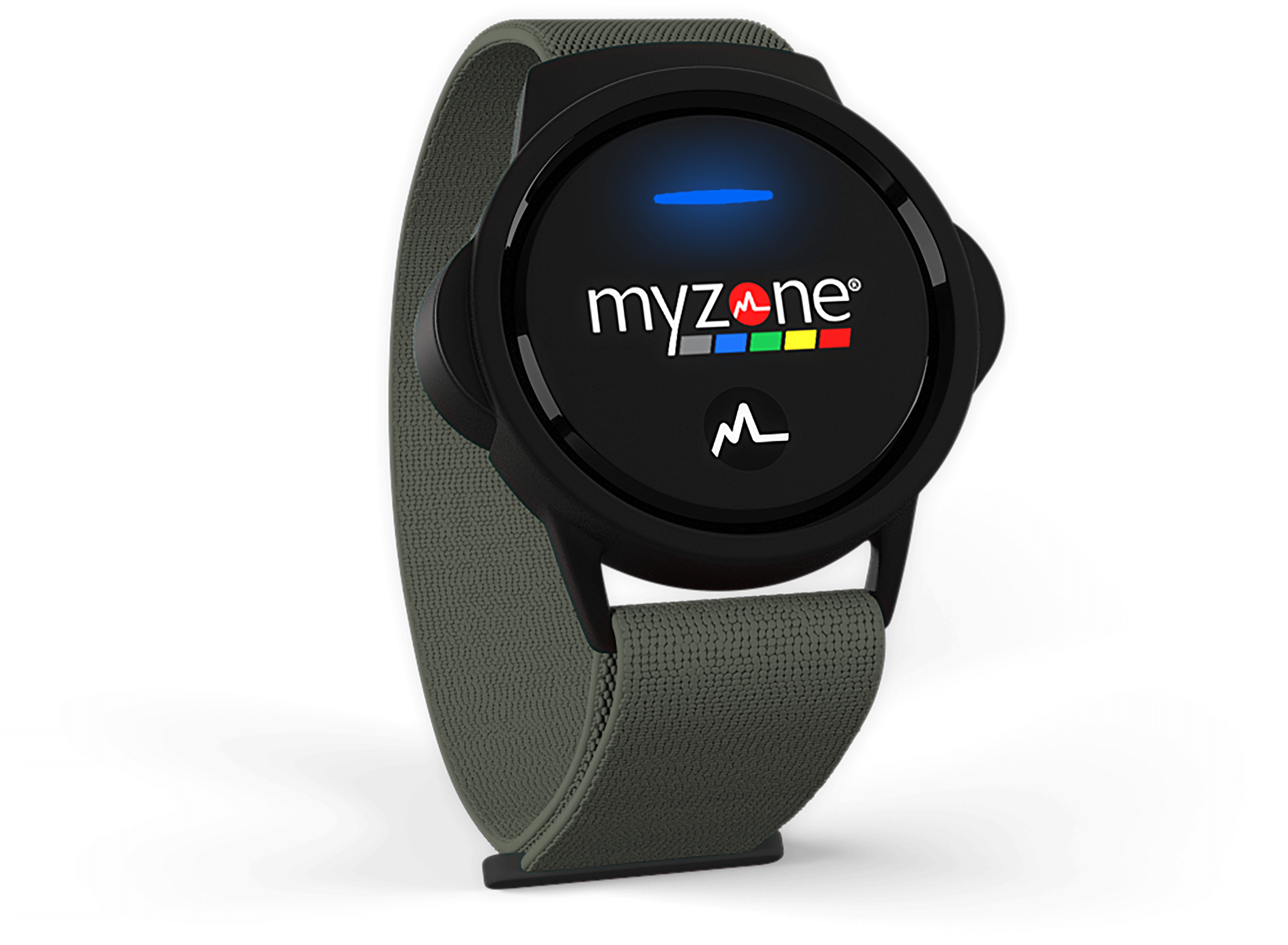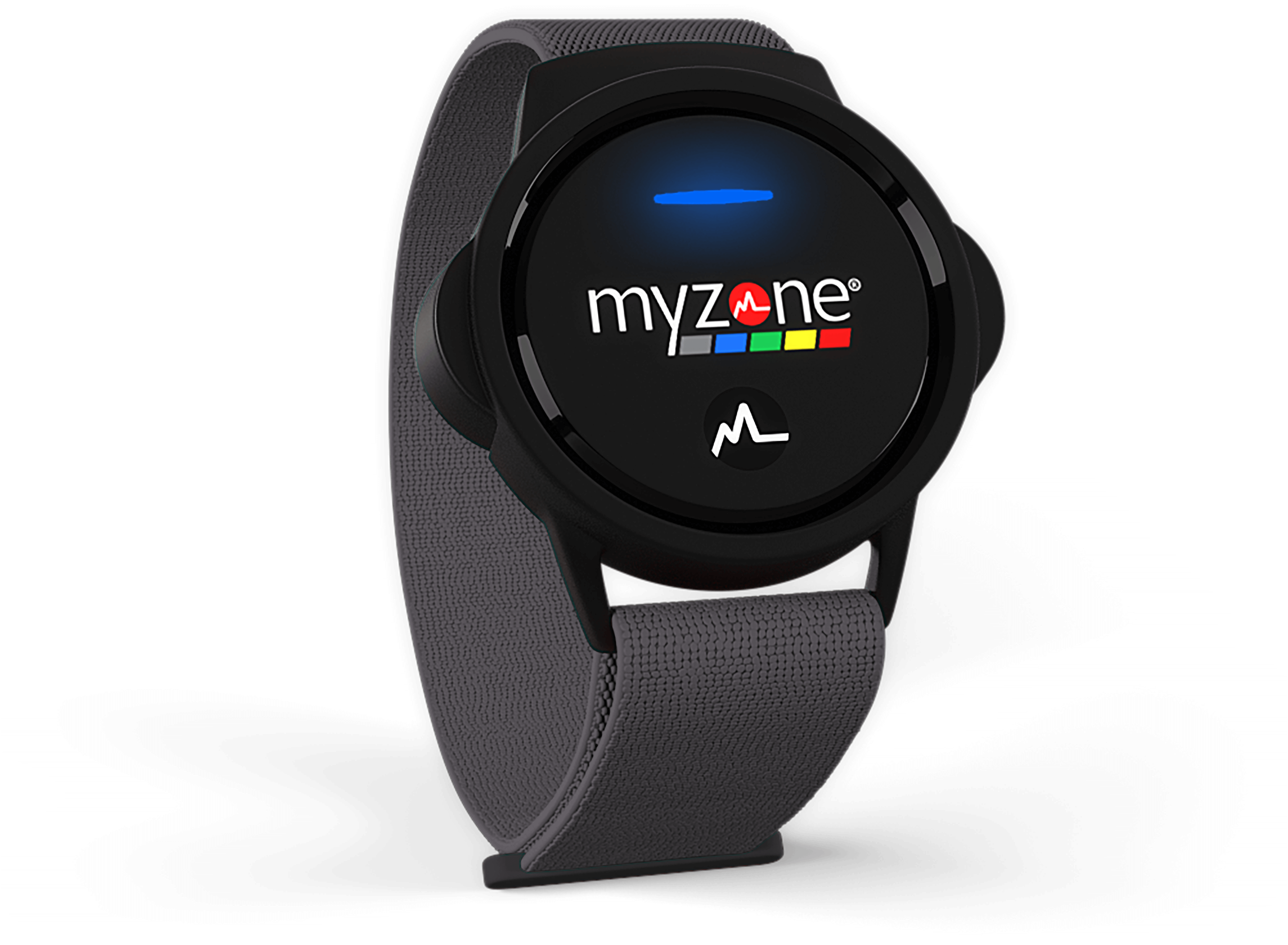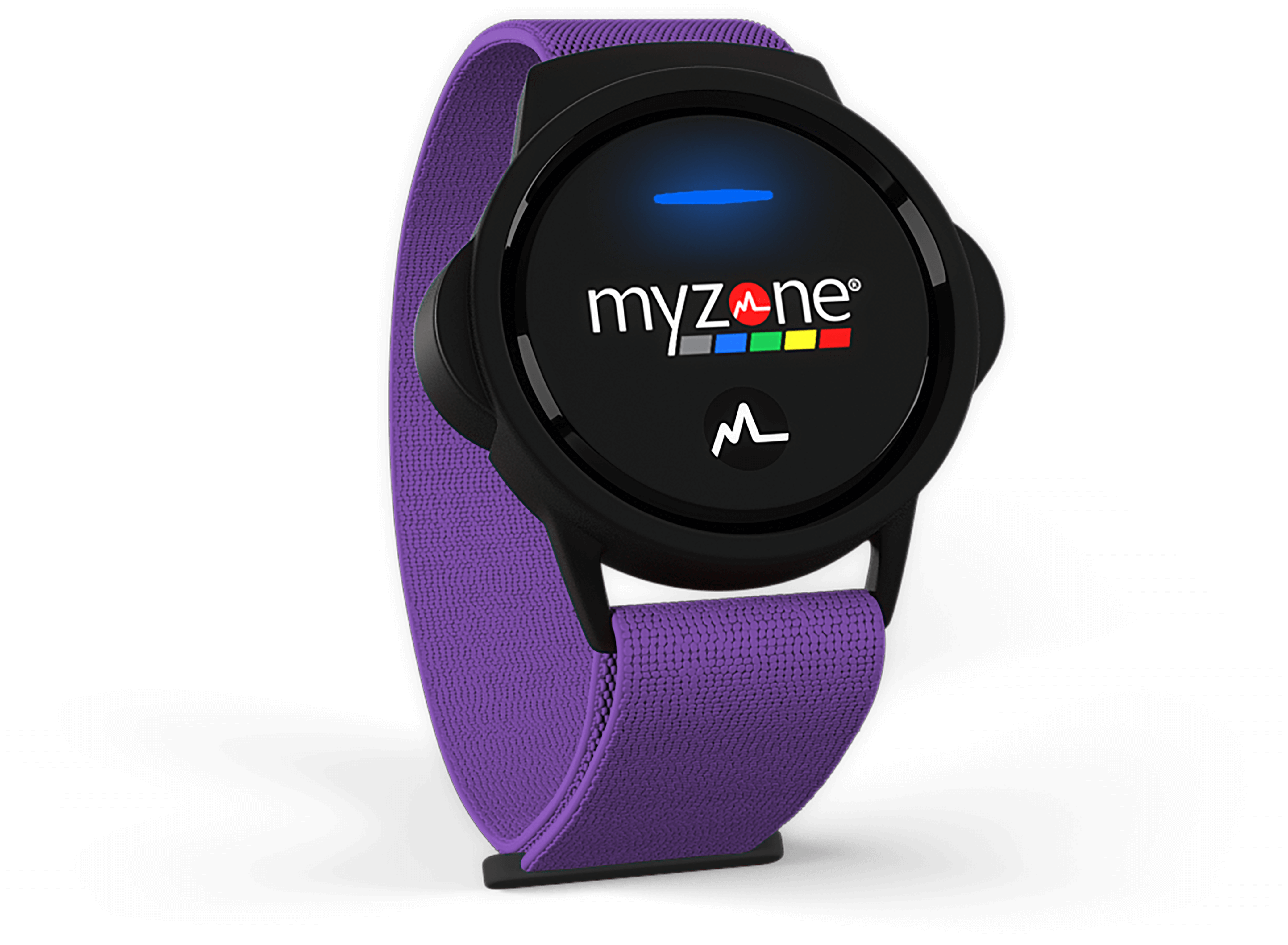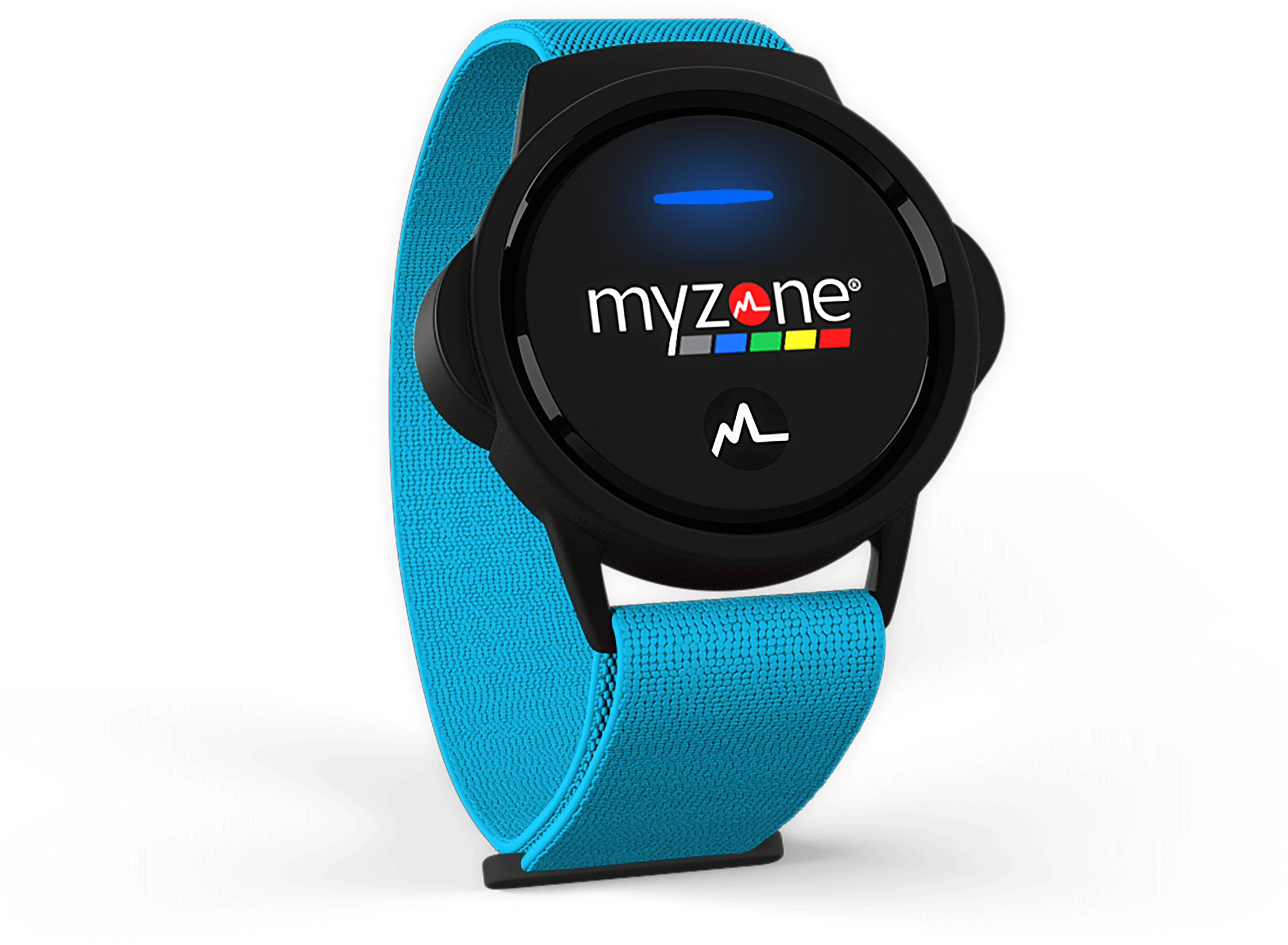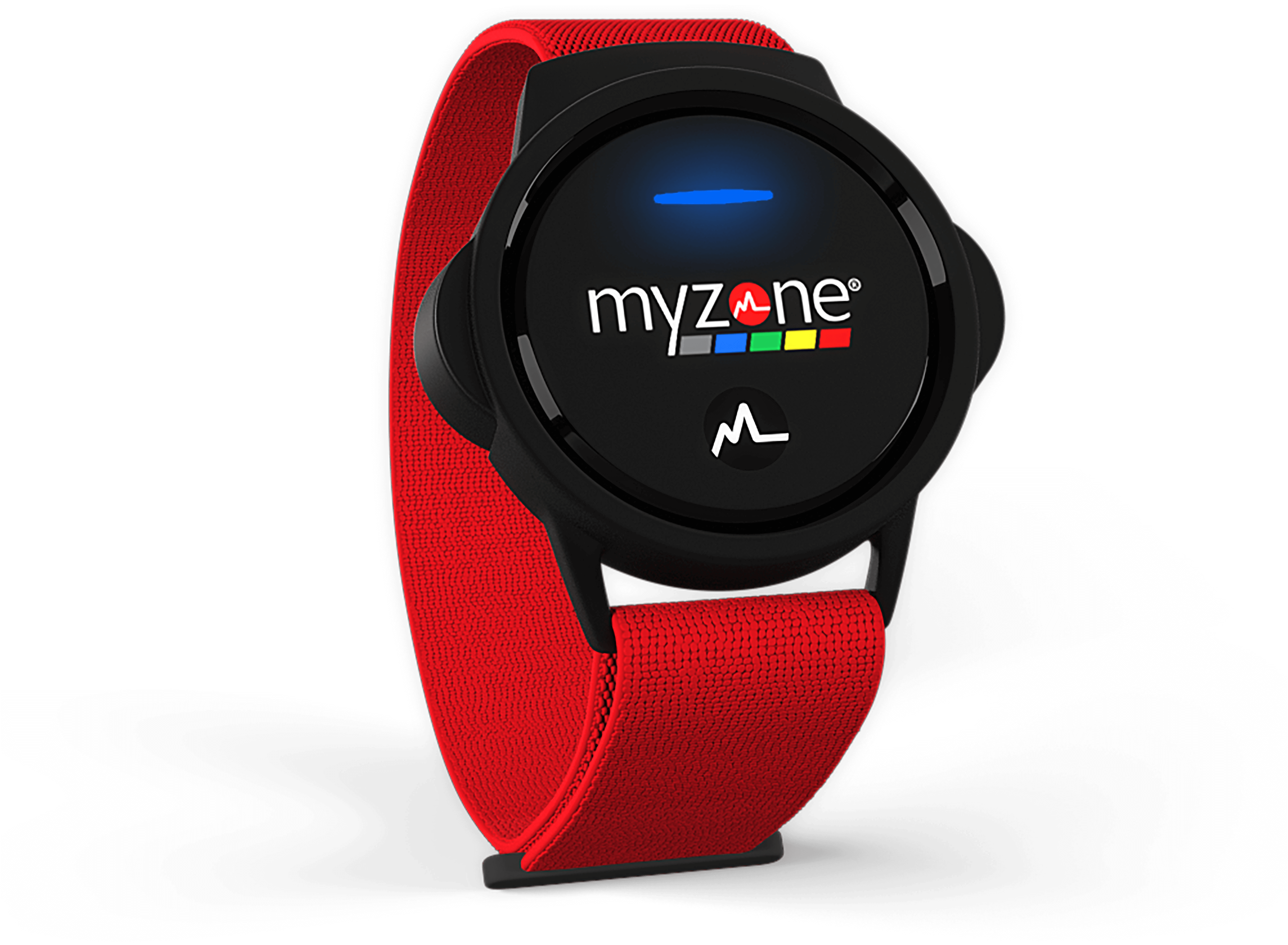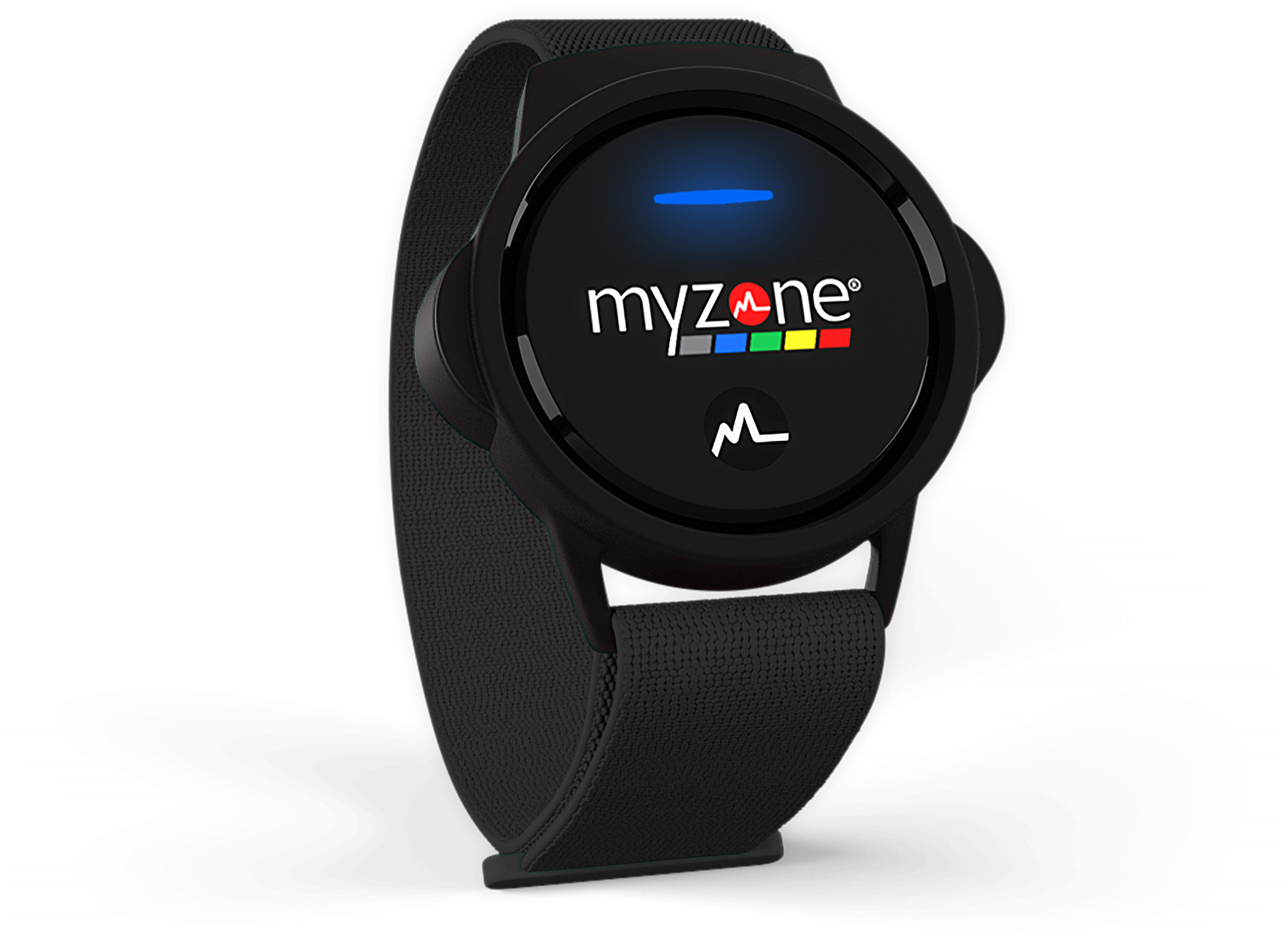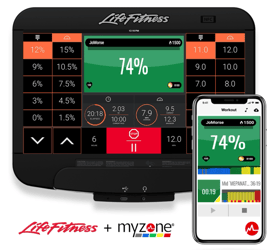“Hold My Beer. I am About to Prove a Point”; A 4 Step Method To Help Fitness Execs Make a Decision.
Good ideas are a dime dozen., You see them all over trade shows such as IHRSA or IDEA. During the show, the vendors, or the people who developed these good ideas, will happily play that suggestive role trying to show you how they can help you solve a problem.
But what problems are worth solving? That’s one of the three things that you as an operator need to remember while walking around these trade shows. Unfortunately, you can’t purchase every product and you can’t fix every problem. That’s why you need to thoroughly establish what options are available to assist you in fixing the problem (hence trade shows like IHRSA) and select what is the best option for you to follow through to solve said problem.
Sounds simple, but how do you know what are the best options? Sounds simple, but how do you know what are the best options? That's the hardest part.
One method some of our customers at Myzone recommend is to run an empirical test of sorts. The simple experiment allows them to measure the difference between a controlled group and treatment group over a set period of time. If there is a significant improvement in the treatment of one group over the other, then you have found your winning idea.
Here’s an example to help me further explain this idea.
Step 1:
Generate a hypothesis such as “Ii think new members who are gifted a Myzone physical activity belt upon joining the gym will have a higher lifetime value than those without.” Come up with a theory (or an ‘alternative hypothesis’ for the geeks who are reading this) and write it down. Something to keep in mind is that retention and lifetime value can take a long time to test or even predict. With that said, limiting testing pools to 30, 60 or 90 days is a better idea moving forward.
Step 2:
You’ve already written your hypothesis down, but it’s also worth noting your delta or change that would be required (from your perspective) to roll this initiative out across your members. (I.E. know what success looks like.)
Step 3:
Now it’s time to run the test. Before you start, I cannot stress enough to make sure the test is done at random. What I would recommend doing is taking 100 members who have joined your club in January and flip a coin for each member. If the coin flips ‘heads’ nothing happens (this is your controlled group). Your controlled group is the group where you just watch their behavior over time. If the coin flips ‘tails’ this is your treatment group. In the treatment group, members would receive a Myzone physical activity belt (in this instance) and you would watch their behavior over time.
The reason for flipping the coin is so important is that it allows you to remove any unknown bias you may have surrounding the selection process. This protects you against hidden factors could influence the result of the test.
For example, let’s say you decided you wanted to test your hypothesis by simply splitting the month in half. The members who joined your club in the first 15 days will receive a Myzone Physical Activity belt, but members who have joined on day 16 and after do not receive the belt. You may not know it, but those members who joined in the earlier days of January may have been more enthusiastic about joining the club as opposed to those who did it later in the month. This could influence the results, which would, of course, biased test.
Step 4:
Now it’s time for the fun part – going through the data. If the hypothesis proves to drive the behavior you’re after, then you can sleep comfortable knowing you have a winning idea. Let’s say for example the treated group ended up visiting your gym 37% more than the controlled group in a 60-day period. Knowing this data will allow you to confidently roll the initiative out at your club.
Bonus Tip
Don't throw the analysis out! Make sure you continue to watch the two groups for the next 12 months. In doing this, you can perform survival analysis and start seeing the groups diverge (and obtain more long-term data). Because you performed the test at random, you can conclude that the physical activity belt (in this case) drove ROI through a longer length of membership, which encourages you to sustain your initiative over time.
Anyways, I hope this helps you to prove a point, can I have my beer back now?



